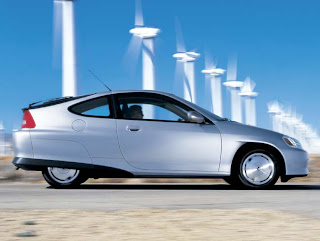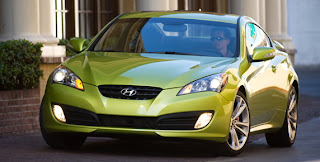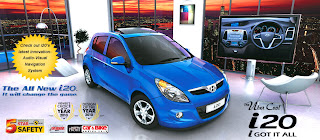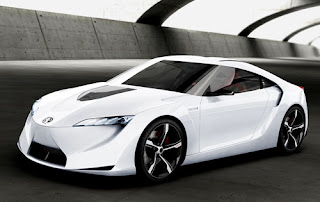Car Dealerships | HOW TO DEAL WITH CAR DEALER | CAR DEALERSHIP

Car Dealerships | HOW TO DEAL WITH CAR DEALER | CAR DEALERSHIP CAR DEALERSHIP point area you are at the dealership affair you accept to accumulate in app Reception as you access into negotiations is that the salesman has to accomplish money; hes got to eat and accouter his kids, pay his mortgage, etc. If you don't wish him to rip you off, again don't attack to try and rip him off either. Now afire you even ability the point area you are at the dealership, (youve taken your analysis drive and you are at the negotiating table), you charge to do your homework. The best way to do this is to use the Internet. . Both accord reviews of cars and acquiesce you to accomplish ancillary by ancillary comparisons to advice you adjudge which car is appropriate for you. Once you adjudge on the car you wish (which could yield you as continued as a year to decide) its time to analysis some dealerships, which can aswell be done on the Internet. Most dealerships to day accept Inter







